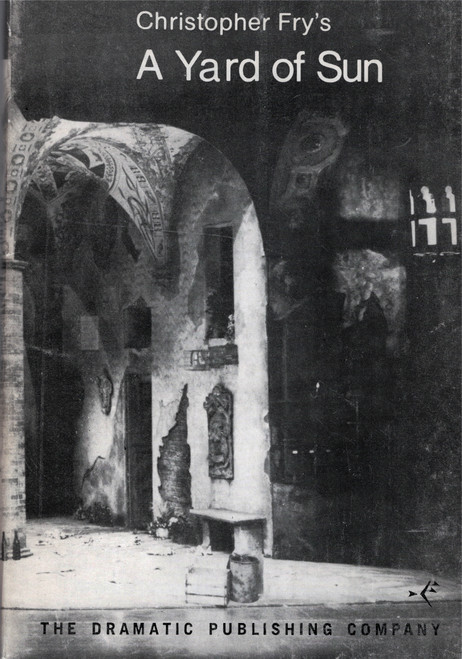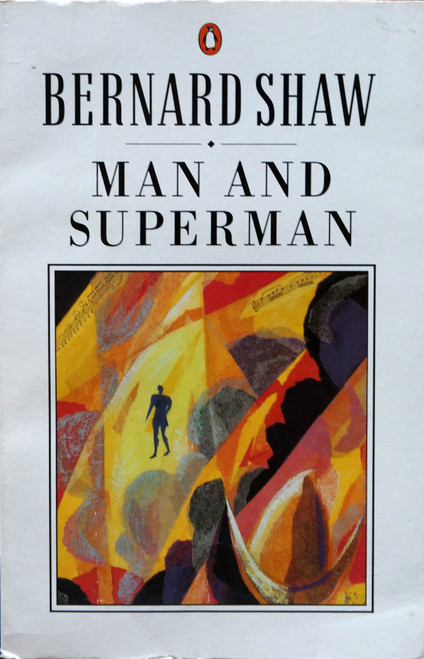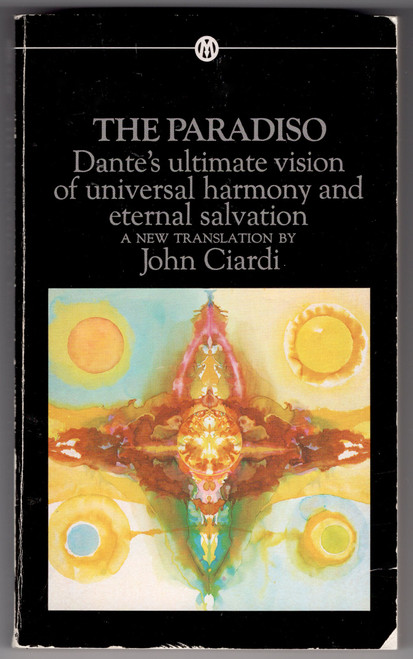A comedy set in Siena the night before the Palio, a medieval horse race run around the middle of the city.
In the courtyard of the Palazzo del Traguardo ("traguardo" means goal or winning-post) in Siena, Italy, during the summer of 1946, the year of the first Palio race after the devastation of the War, Angelino Bruno, the caretaker, prepares to reopen the Palazzo and welcome the new owners. He tells his sons Roberto and Luigi (a third son, Edmondo, had left home intent on becoming rich by whatever means) the great news that the great jockey Cambriccio will be riding for them in the Palio: a horse race where the horses represent different wards (contzade) of Siena. A rival jockey, Alfio, comes searching for his lost father, Cesare Scapare. Giosetta Scapare, Angelino's neighbor, Cesare's wife and mother of Grazia (who had found Alfio looking for the Palazzo), tells Alfio that his father had been arrested three years ago and has not returned, and that Grazia is his half sister. Though admiring Alfio's courage to show up in rival territory, the Bruno brothers advise him to leave before he gets attacked. The new Palazzo owners arrive, and turn out to be the now wealthy Edmondo and his wife, Ana-Clara. The reunion turns chaotic as Roberto's resentment of his brother becomes heated, news comes of Cesare's returning, and Cambriccio is injured in a trial run of the race. Luigi becomes the unlikely winner of the Palio, and each member of the family heads towards their individual goals."
About the Author
Christopher Fry (1907-2005), original name Christopher Harris, was a British writer of verse plays. He was an actor, director, and writer of revues and plays before he gained fame as a playwright for The Lady’s Not for Burning (1948), an ironic comedy set in medieval times whose heroine is charged with being a witch. A Phoenix Too Frequent (1946) retells a tale from Petronius Arbiter. The Boy with a Cart (1950), a story of St. Cuthman, is a legend of miracles and faith in the style of the mystery plays. A Sleep of Prisoners (1951) and The Dark Is Light Enough (1954) explore religious themes.







